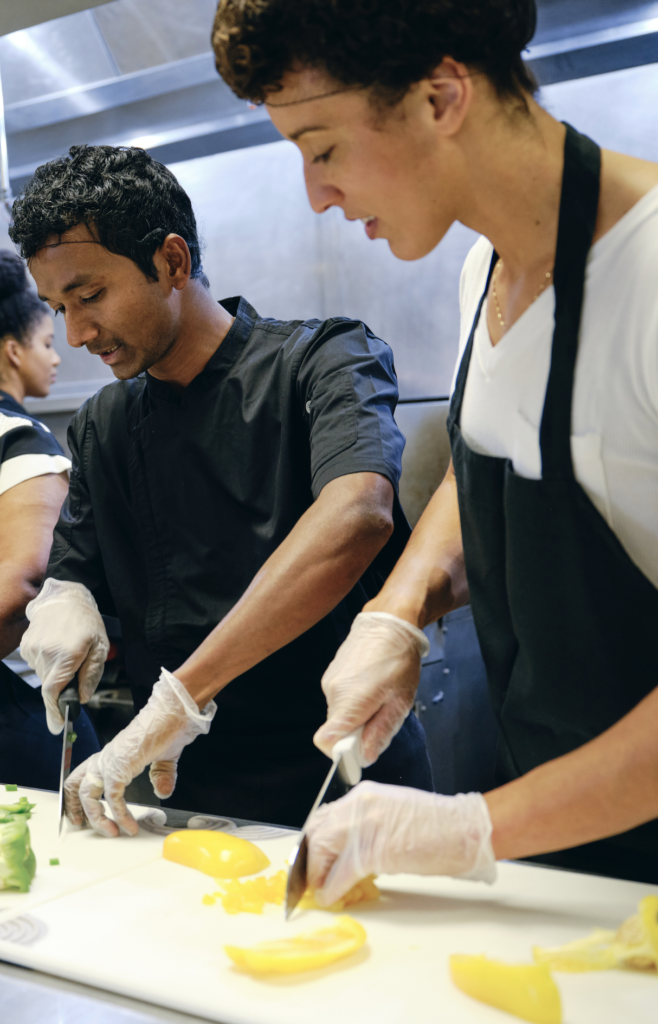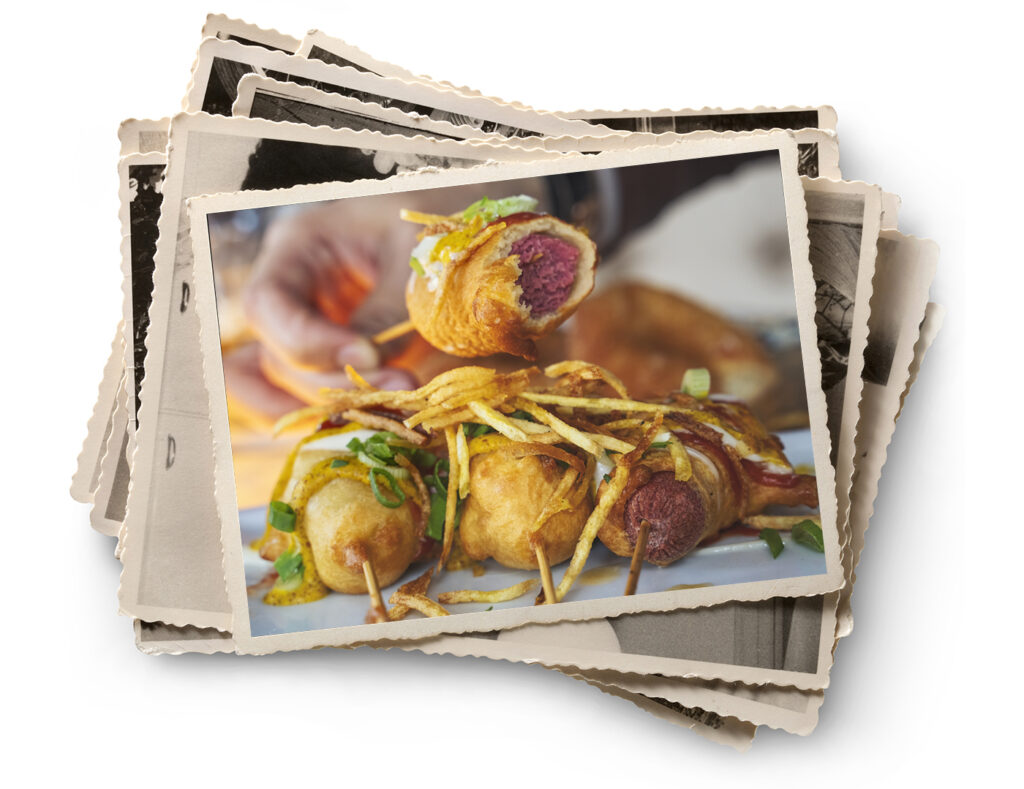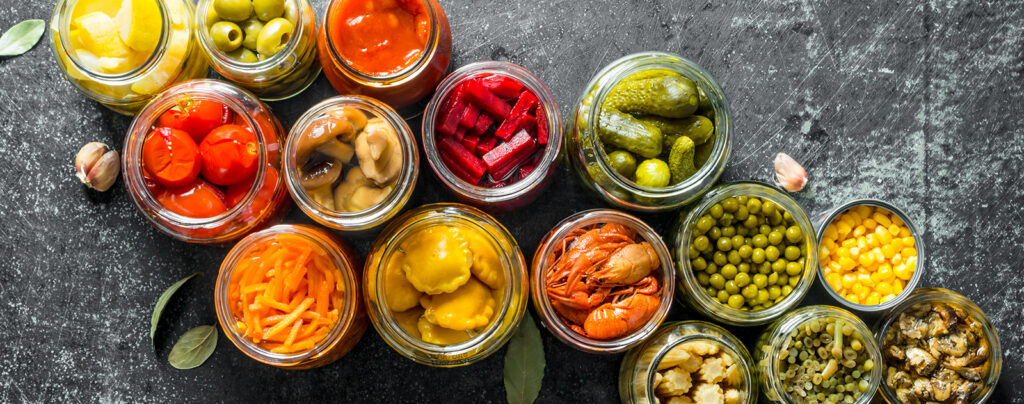Obstacle or Opportunity?
A fresh perspective on the ongoing labor cHALLENGE
The struggle to find and retain employees is nothing new in the foodservice industry. Just Google the phrase “labor shortage” and you’ll find all kinds of experts trying to explain what triggered this ongoing problem (the pandemic1), where all our foodservice employees have gone (industries that provide more benefits2) and what operators can do to move forward (offer higher wages2).
The answer is never that simple, of course, so we’d like to share a more holistic perspective on attracting employees and keeping them happy. In part because we feel our industry’s labor challenges are much more nuanced than the generalized explanations above.
It’s our belief that creating a more attractive work environment starts with understanding. Taking the time to see your employees, know their priorities and invest in what makes them thrive. We’re not suggesting you take a unique managing approach with every worker (because impossible), but there are things beyond higher pay that can make a big difference. Things that, despite what you hear about the generation gaps in our workforce, are meaningful to people of all ages — from Gen Z to Baby Boomers.
So let’s take a look at how to turn labor obstacles into opportunities by incorporating a more thoughtful approach to managing our most diverse workforce yet.


A recent study done by LiveCareer found that job prestige ranked as the highest priority across all generations of workers. People want recognition and respect. And they value being acknowledged for their success and achievements, whether it be an informal affair or through a rewards program3. Simply put, employees will be more engaged, motivated and dedicated when they feel respected by the places in which they work3.

There are distinct differences in the way each generation likes to communicate. Boomers, for instance, prefer face-to-face communication while Gen Z’ers would rather text4. Managers can’t embrace five different managing styles, of course. But they can take a step back and cultivate more effective communication by asking employees what they value, what they need to succeed and what their expectations are5. Taking the time to listen, empathize and provide as much choice as possible is what matters most to employees of all ages3.



Giving workers more choice and control is crucial when it comes to the foodservice industry. That could mean letting employees manage their own schedules or adjusting workweeks to give them more days off. Whatever the solution, providing more flexibility should be a priority whenever possible6. Not only will your employees appreciate it, they now have the leverage to demand it5. And rightly so.


Everyone knows money is important. And while it’s only one small part of the big retention pie, regular pay raises are highly valued by all generations. Especially during times of increasing inflation and a potential recession5.
Workers also want to know their pay, benefits and work experiences are fair. When the opposite is true, it’s one of the biggest reasons people will leave their jobs5. All you need to remember here is this: pay employees what they’re worth.

While career development is most important to Gen Z’ers, the opportunity for growth is still a priority among Millennials and Gen X’ers5. That means your organization can attract more employees by paying attention to where they want to go and committing to helping them get there. Asking employees about their ambitions and offering learning opportunities to help them achieve their goals will demonstrate that you’re committed to their futures.
Purpose is also a priority for all workers7. People want to feel like they are part of something bigger than themselves and they get inspired when they feel connected to the mission of their organization7. Take the time to show employees how their work fits into big picture goals and offers support to local communities.

WHAT ALL THIS MEANS FOR YOU
There is no one-size-fits-all approach to keeping employees happy and engaged. But you can make a big difference by implementing small changes that allow them to feel seen, heard and valued. The culture of your company matters, and it can be as important as employee pay and benefits. If you set yourself apart by offering better and more meaningful work experiences, you will be able to hire and retain the best people5. Even in this very competitive job market.
You might not expect solutions to this ongoing labor challenge to come from a food manufacturer, but we think it demonstrates our ability to understand business problems holistically — that our premium products need to work in tandem with everything else that’s going on in your world.
If you’d like to see how our fully cooked proteins can be game changers during a labor shortage
and how our unique thinking can turn your business problems into opportunities, please get in touch.
WE’D LOVE TO HEAR FROM YOU

Who is Heritage Premium Meats?
Born to two legacy brands, Heritage Premium Meats is a distinguished collective built on listening, collaborating and sharing ideas that solve real business problems. Authentically crafted protein solutions that are rooted in tradition and ready for the future.
For you, that means getting exactly what you need, just the way you want it. Whether it’s a private label product or flavor that’s uniquely yours, you can let your imagination lead the way when you partner with us. Because together, anything is possible.
1QSR, 2021
2Washington Post, 2023
3Forbes, 8/22
4Gordon Foodservice
5Forbes, 3/23
6News Nation Now, 1/23
7Forbes, 8/21













